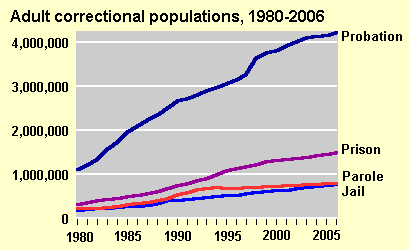I had a revelation tonight at an event about women’s health issues in the Presidential election at the Kennedy School of Government’s Institute of Politics. One of the speakers was Gail Wilensky – a Senior Health Care Advisor to Senator McCain’s campaign. I asked her a question about how Senator McCain’s proposal to eliminate the tax deduction for employer provided health benefits would effect non-profit organizations since they don’t pay taxes.
Gail Wilensky’s answer really shocked me. I’ve been doing health policy work for about 20 years, and following the election’s health issues for the last year. What she said was that it wouldn’t matter whether the person worked for a non-profit or a for-profit company, since the employee would be the one paying tax on the entire cost of their health insurance – whether it was their contribution, or dollars coming from their employer.…

